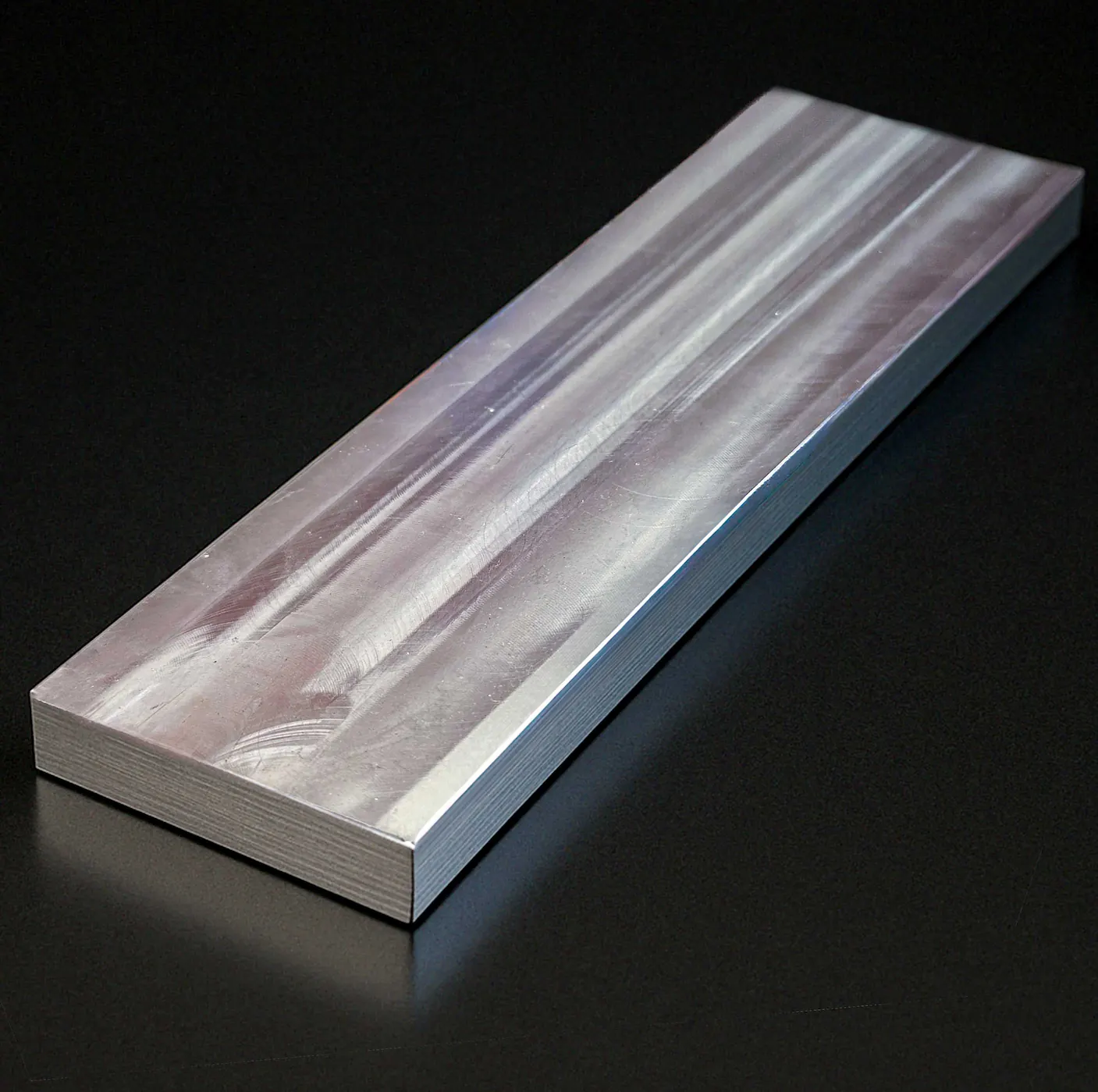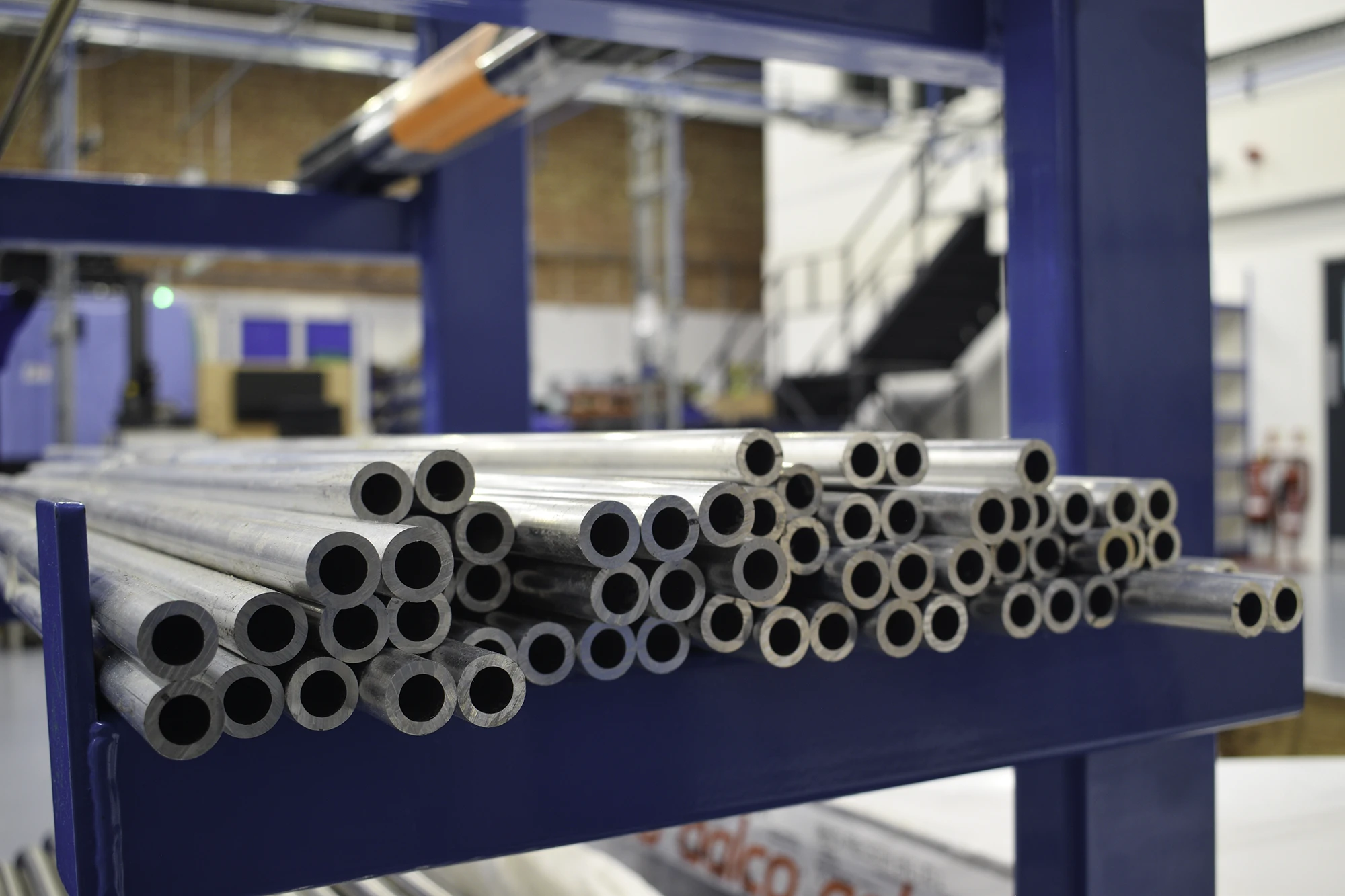 Get a quote
Get a quoteWhen you’re choosing a metal for your machined parts, aluminium and titanium are two of the most trusted options. Both materials bring their own strengths to the table, especially when precision and performance matter. This guide will help you understand the real-world differences between aluminium versus titanium so you can make the right decision for your project.
Every material you work with brings its own challenges and advantages. The choice you make affects machining time, cost, part performance, and durability. Knowing where aluminium vs titanium fits best could save you time, money, and stress later down the line.
Aluminium and titanium both offer excellent strength-to-weight ratios, but they behave very differently in practice. Each has unique qualities that make it a better fit depending on the demands of your component. Let’s take a closer look at how they compare across strength, weight, corrosion, and heat performance.

When comparing aluminium vs titanium, weight is often the deciding factor. Titanium is the heavyweight champion when it comes to strength, outperforming aluminium in most structural applications. It has a density of 4.51 g/cm³ compared to aluminium’s 2.7 g/cm³, meaning it’s heavier but also far stronger.
Aluminium is more flexible and easier to form into different shapes, thanks to its ductility. Titanium, while stronger, is less forgiving; it resists bending and has a higher risk of cracking if not handled correctly. This difference becomes especially important when shaping parts with intricate designs or tight corners.
Titanium can handle heat far better than aluminium, retaining its strength at temperatures up to 500°C. Its melting point is 1668°C, while aluminium melts at just 660°C. For parts exposed to high thermal loads, like engine components, titanium is often the safer choice.
Both metals resist corrosion, but titanium goes a step further. It forms a tough oxide layer that protects it from seawater, chemicals, and extreme environments. Aluminium’s oxide layer is strong, too, but it’s not as effective in highly alkaline or acidic settings.
Even if a material performs well, it still needs to be machinable. Cutting speeds, tool wear, and surface finish all impact project lead times and costs. Here’s how aluminium versus titanium compares from the machinist’s point of view.

Aluminium is a dream to machine; it cuts quickly and allows for faster cycle times. Titanium needs slower cutting speeds and more careful setups due to its hardness and heat retention. If you're racing against a deadline, aluminium can help keep things moving fast.
Titanium tends to wear down tools faster because it holds onto heat at the cutting edge. That heat builds up fast, increasing the risk of tool failure unless you’re using proper cooling and specialist tooling. With aluminium, you get longer tool life and fewer interruptions, a big plus for efficiency.
Aluminium machines to a smooth finish with ease, making it ideal for parts where appearance or tolerances matter. Titanium can also achieve a good finish but takes more effort and specialised tooling. If a clean surface is a top priority, aluminium is often the more cost-effective route.
Deciding between these two metals isn’t always black and white. It depends on what your part needs to do and how much you’re willing to spend on materials and machining time. Here's a quick comparison to help guide your decision:
Choose aluminium if you need:
Choose titanium if you need:
You’ll find aluminium and titanium in everything from smartphones to spacecraft. Each has proven itself in countless industries, depending on what the part is designed to do. Thinking beyond metals? Learn when plastics are the smarter option in Plastic vs Metal for CNC machining.
Aluminium is perfect for lightweight, high-speed applications, think drone parts, electronic enclosures, or automotive brackets. It’s used in aerospace for non-load-bearing structures like frames, fairings, and housings. Our aluminium machining for precision components helps you meet tight tolerances with fast turnarounds and reliable quality.
Titanium is your go-to for parts that need to survive stress, heat, or corrosive environments. It’s used in jet engine blades, surgical implants, marine valves, and chemical plant fittings. If your part can’t afford to fail, our titanium machining for high strength parts ensures long-lasting reliability.
Still unsure? Start by listing your performance goals, strength, weight, heat tolerance, or cost. Then weigh those against machining challenges and your project timeline. If your component is complex or high-value, our CNC machining service for complex parts is built to support you with expert advice and top-tier precision.
Looking for more CNC material insights? Read our comparison guides on ABS vs Polycarbonate and Delrin vs Nylon.
Aluminium is cheaper to buy, easier to machine, and quicker to process. For non-critical parts or large production runs, it offers serious savings. It's especially cost-effective when heat and strength are not major concerns.
Aluminium generally shortens lead times because it machines quickly and wears down tools more slowly. Titanium takes more setup time, runs at slower speeds, and often needs specialised tooling. Material choice can easily add or remove days from your schedule.
Titanium outperforms aluminium under extreme loads and stress. It offers greater fatigue resistance and holds its strength even when temperatures rise. That’s why it’s used in jet engines, space vehicles, and bone implants.
Titanium doesn’t transfer heat well, which causes it to trap heat at the tool tip. That makes the cutting process tougher on tools and increases the risk of thermal damage. Cooling strategies and tool selection are key when working with this metal.
Aluminium's softness and machinability make it easier to hit tight tolerances without extra effort. It's ideal for detailed work or when surface finish is important. Parts like electronics casings or optical components benefit from aluminium’s easy handling.
Titanium is more expensive per kilo and takes longer to machine, driving up both material and labour costs. You also need to factor in faster tool wear and possible equipment upgrades. However, for critical high-value parts, the investment could be worth the increased costs.